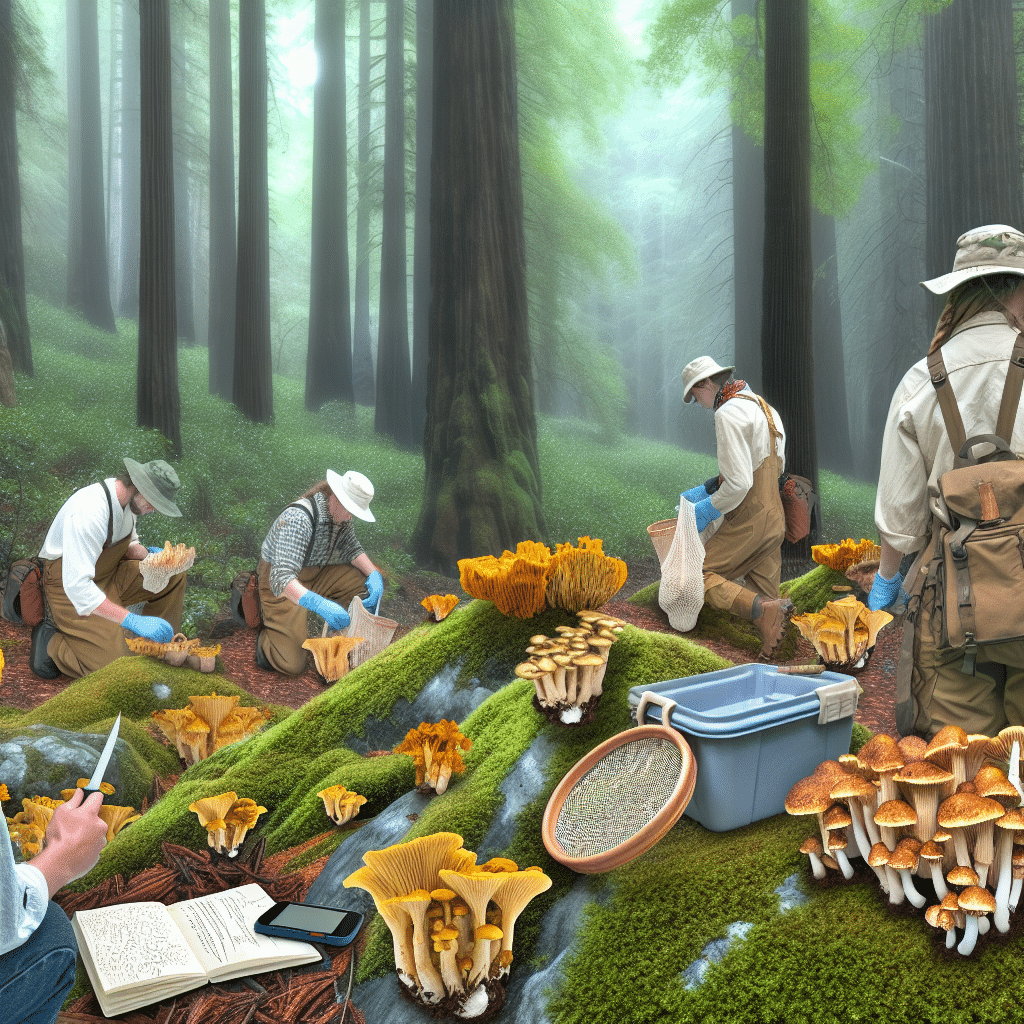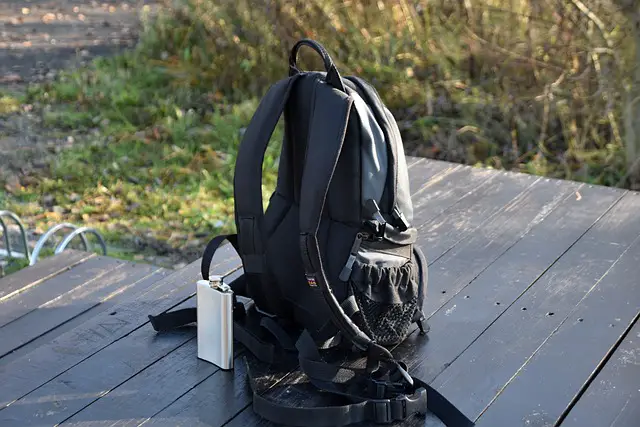Mushroom hunting, or foraging, has become an increasingly popular outdoor activity in California, attracting enthusiasts who are keen to explore the state’s rich and diverse flora. From the misty coastal forests to the sprawling Sierra Nevada, California offers a treasure trove of edible fungi for those who know where to look. This California mushroom hunting guide aims to equip you with the knowledge and tips needed to make your foraging adventures both fun and fruitful.

Why Go Mushroom Hunting in California?
California’s varied climate and topography make it an ideal place for mushroom foraging. The state features a wide array of ecosystems—from coastal redwood forests to high-elevation mountain ranges—all of which are home to a diverse range of mushroom species. In addition, the state’s temperate weather and seasonal rains create the perfect environment for fungal growth.
Ecological Diversity
California is one of the most biodiverse states in the U.S., and this extends to its fungal species. For instance, the Pacific Northwest forests are renowned for their abundance of mushrooms, including popular varieties like chanterelles and morels. Meanwhile, the coastal regions offer unique species that thrive in the damp, foggy conditions.
Rich Foraging History
Indigenous peoples of California have a rich history of foraging for both medicinal and culinary purposes. This deep-rooted tradition continues today, making mushroom hunting not just an activity, but a cultural experience.
What Types of Mushrooms Can You Find?
Part of the appeal of mushroom hunting is the variety of fungi you can discover. Here are some of the most commonly sought-after edible mushrooms in California:
Chanterelles
These golden-hued mushrooms are among the most popular finds. Known for their fruity aroma and firm texture, chanterelles are often used in gourmet dishes. They typically grow in coniferous forests and are most commonly found in fall and early winter.
Morels
With their distinctive honeycomb appearance, morels are another favorite among foragers. They’re often found in burn areas or near dead or dying trees. Morels are prized for their nutty flavor and are usually harvested in the spring.
Porcini
Also known as king bolete, porcini mushrooms are highly sought after for their rich, meaty texture and flavor. They often grow under conifers and hardwoods, especially in the fall.
Oyster Mushrooms
These fan-shaped mushrooms can be found year-round and are relatively easy to identify. They usually grow on decaying wood and are particularly abundant after rainfall.
When Is the Best Time to Hunt for Mushrooms?
Timing is crucial in mushroom hunting. In California, the best time to forage is generally after the first significant rainfall of the season. This typically occurs from late fall to early spring, depending on the region. Coastal areas may see mushrooms earlier in the season, while higher elevations often produce later in the year.
How to Identify Mushrooms?
While foraging can be a delightful experience, it can also be risky if you’re not familiar with mushroom identification. Here are some essential tips:
Use a Field Guide
A good field guide specific to California mushrooms is indispensable. Books like “Mushrooms of the Redwood Coast” by Noah Siegel and Christian Schwarz provide comprehensive information on local species.
Join a Mycological Society
Becoming a member of a mycological society, such as the Mycological Society of San Francisco, can provide invaluable resources and opportunities to join guided foraging excursions.
Online Resources
Websites and smartphone apps like iNaturalist and Mushroom Observer can help you identify species using photos and descriptions.
Take a Class
Consider taking a local workshop or class on mushroom identification. These usually involve a mix of classroom learning and fieldwork, offering hands-on experience.
Where to Hunt for Mushrooms in California?
Knowing where to look is half the battle. Here are some popular mushroom foraging locations in California:
Mendocino Coast
Renowned for its rich fungal biodiversity, the Mendocino Coast is a prime spot for finding chanterelles, porcini, and morels. The coastal redwood forests provide the perfect habitat for these species.
Sierra Nevada
The Sierra Nevada mountains offer a variety of environments where mushrooms flourish. From higher elevations to lower foothills, you can find a diverse range of species.
Big Sur
The moisture-laden forests of Big Sur are another hotspot for mushroom foraging. This region is famous for its scenic beauty as well as its fungal diversity.
Local Parks and Forests
Don’t overlook local parks and forests, which can also yield a good harvest. Areas like Point Reyes National Seashore and various state parks often host a variety of edible species.
Essential Gear for Mushroom Hunting
Being well-prepared can make your foraging trips more enjoyable and successful. Here’s a checklist of essential gear:
1. **A good field guide:** For species identification.
2. **Knife:** For cutting mushrooms without damaging them.
3. **Basket or mesh bag:** To carry your finds and allow spore dispersal.
4. **GPS or map:** To navigate unfamiliar territories.
5. **Gloves:** To protect your hands while foraging.
6. **Notebook:** For jotting down observations.
Safety Tips and Ethical Foraging
Last but not least, safety and ethics should always be a priority when mushroom hunting.
Know Your Limits
Never eat a mushroom unless you are 100% certain of its identification. Many edible mushrooms have toxic look-alikes.
Respect the Environment
Always follow the “leave no trace” principle. Avoid over-harvesting and be mindful of the ecosystem.
Obtain Necessary Permits
Make sure to check whether the area you’re foraging in requires a permit. Some state and national parks may have specific regulations.
In conclusion, this California mushroom hunting guide serves as a comprehensive resource for both novice and seasoned foragers. With the right knowledge, equipment, and respect for nature, mushroom hunting in California can be a deeply rewarding experience. Happy foraging!



